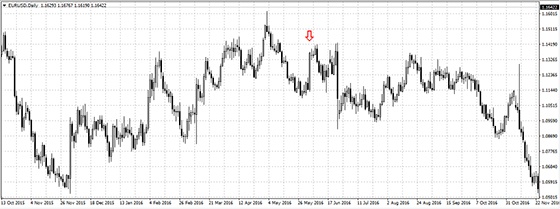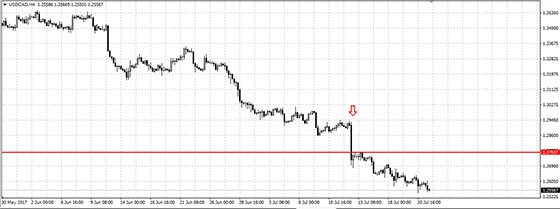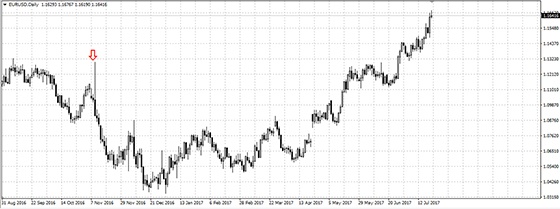What do exchange rates depend on?
Money in the economy after the abolition of the gold standard in the early 1970s of the XX century and the introduction of free currency conversion actually turned into a commodity. A foreign exchange market has formed, in which its participants, first of all, banks, large companies conclude deals for the purchase and sale of currencies. Central banks also participate in trade, which has a serious impact on the fluctuation of rates.
The exchange rate of each particular currency is regulated by the supply and demand for it, which depend on many factors. First of all, the exchange rate is influenced by fundamental factors, such as the state of the balance of payments and trade balance of a specific country. Ideally, the exchange rate corresponds to its purchasing power parity, that is, its purchasing power with respect to a certain set of goods and services. However, in real life this does not happen.
What influences the course
The exchange rate is affected by economic and political factors. This can be both internal factors occurring in the country itself – the issuer of the currency, and external factors. Internal economic factors include GDP, inflation, labor market or real estate market conditions. All these data, as a rule, are published in strictly certain time. For the main important economic events you can follow the Economic Calendar .
Significant deviations of the actual data from the forecasted values of economic indicators can lead to a sharp change in the exchange rate. A striking example of the impact of domestic economic factors is the sharp fall in the dollar against other currencies in mid-June 2016, when it was announced that the number of new jobs in the US increased by only 38,000 versus the expected 159,000 jobs.

The announcement of a poor forecast for May 2016 was held on June 3, 2016
Based on economic data, central banks decide to change key rates in one direction or another. So, if economic indicators demonstrate a positive trend, then this is the basis for raising rates, which is reflected in the strengthening of the national currency. In the case of a stable deterioration in economic performance and a slowdown in economic growth, on the contrary, a decision may be made to reduce rates, which, as a rule, leads to a weakening of the national currency. At the disposal of central banks there are also other tools to stimulate and restrain the growth of the national economy.
A striking example of the impact of changes in interest rates on the exchange rate is the increase in July 2017 rates on loans by 0.25% to 0.75%. As a result of this decision and despite the fact that it was an expected market participants, within just a few minutes the US dollar collapsed against the Canadian dollar by more than 200 points, and the US dollar / Canadian dollar pair renewed its lows since August 2016.

The external economic factors include major economic events in the most developed economies of the world. It should be taken into account that the more developed the country’s economy, the more it is stable in relation to external negative events. Conversely, the smaller the economy, the more susceptible it and its currency to external shocks.
Political factors of exchange rates
Political factors have had a significant influence in recent years on exchange rates. The unexpected victory of Donald Trump in the US presidential election in November 2016 led to a sharp weakening of the dollar against major currencies.

The elections in the United States took place on November 8, 2016
The imposition of sanctions series of sanctions against Russia since March 2014 most directly affected the ruble exchange rate against major currencies. The Russian currency began to experience the main pressure from the middle of 2014, when sectoral sanctions against it were launched against the banking and oil sectors of Russia. In addition to the complex geopolitical situation, a steady trend of declining oil prices was added. Nevertheless, in November 2014, the Bank of Russia announced the abandonment of the practice of establishing a currency corridor, and on December 16 actually stopped interventions in the foreign exchange market. It was on this day that the exchange rate fluctuations were 27%.
What news is moving the market
In general, for the analysis of the movement of exchange rates use the fundamental news, that is, those that have a significant effect on the change in rates.
Among such news are the following types:
- random
- unexpected
- expected
To random and unexpected news, as a rule, include political events, natural disasters. The expected news is information on pre-known economic events, as well as political events. The latter can, for example, include elections.
The importance of news depends on the duration of their influence. Therefore, they highlight news with long-term influence and short-term influence on exchange rates. News with long-term influence from several weeks to several years is used mainly for making strategic decisions, and news with a period of influence from several minutes to several days – to open short-term positions.